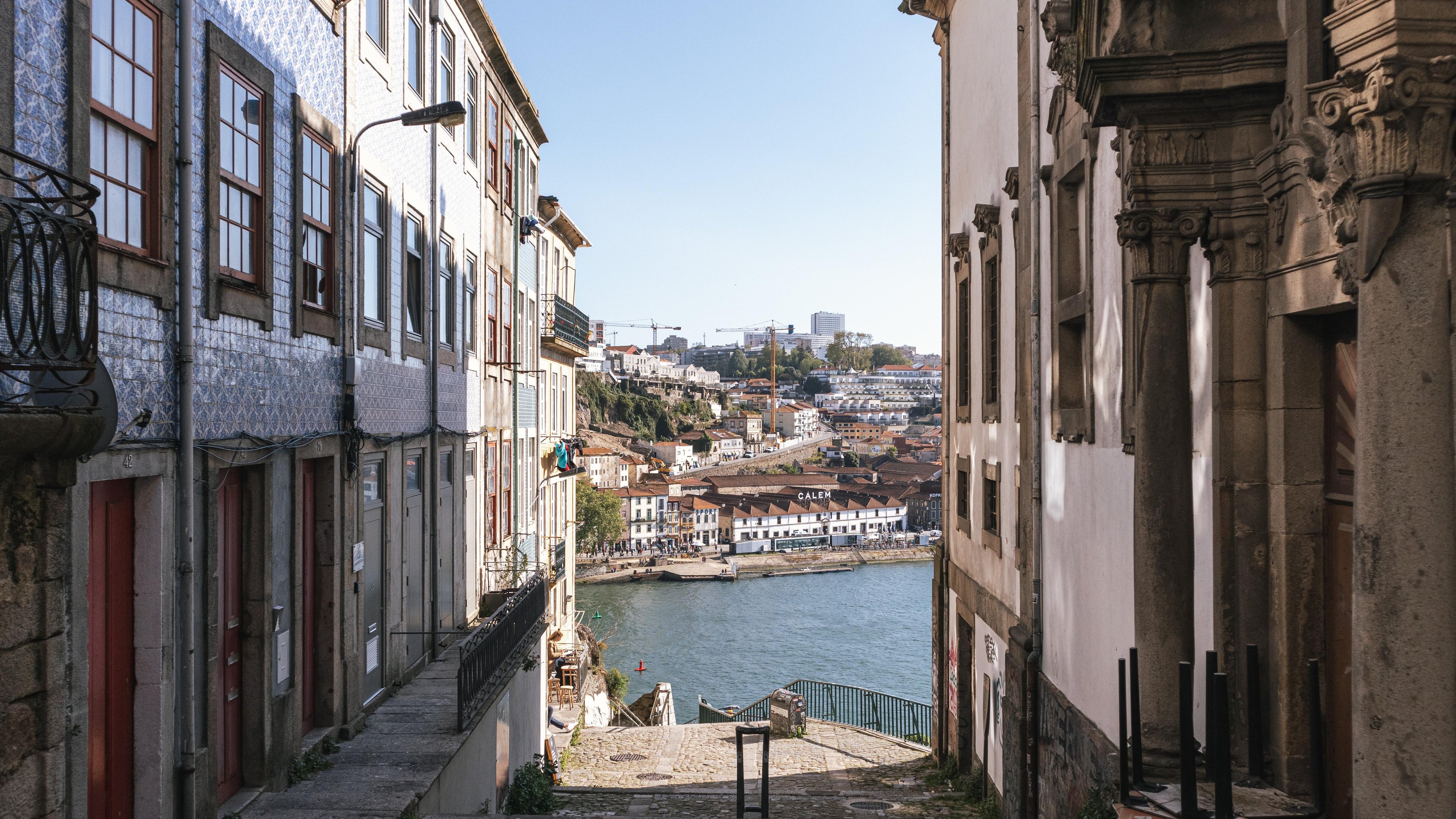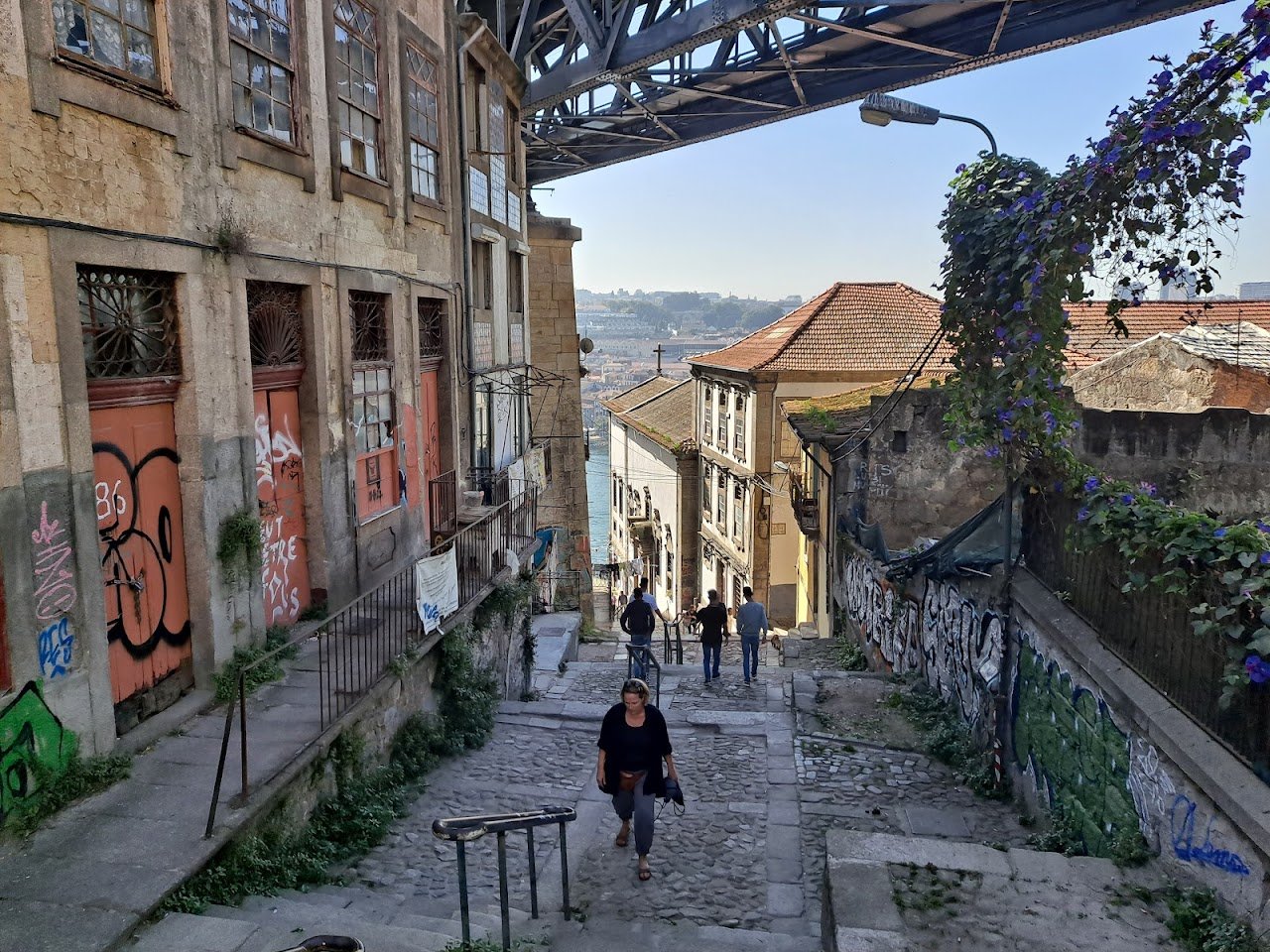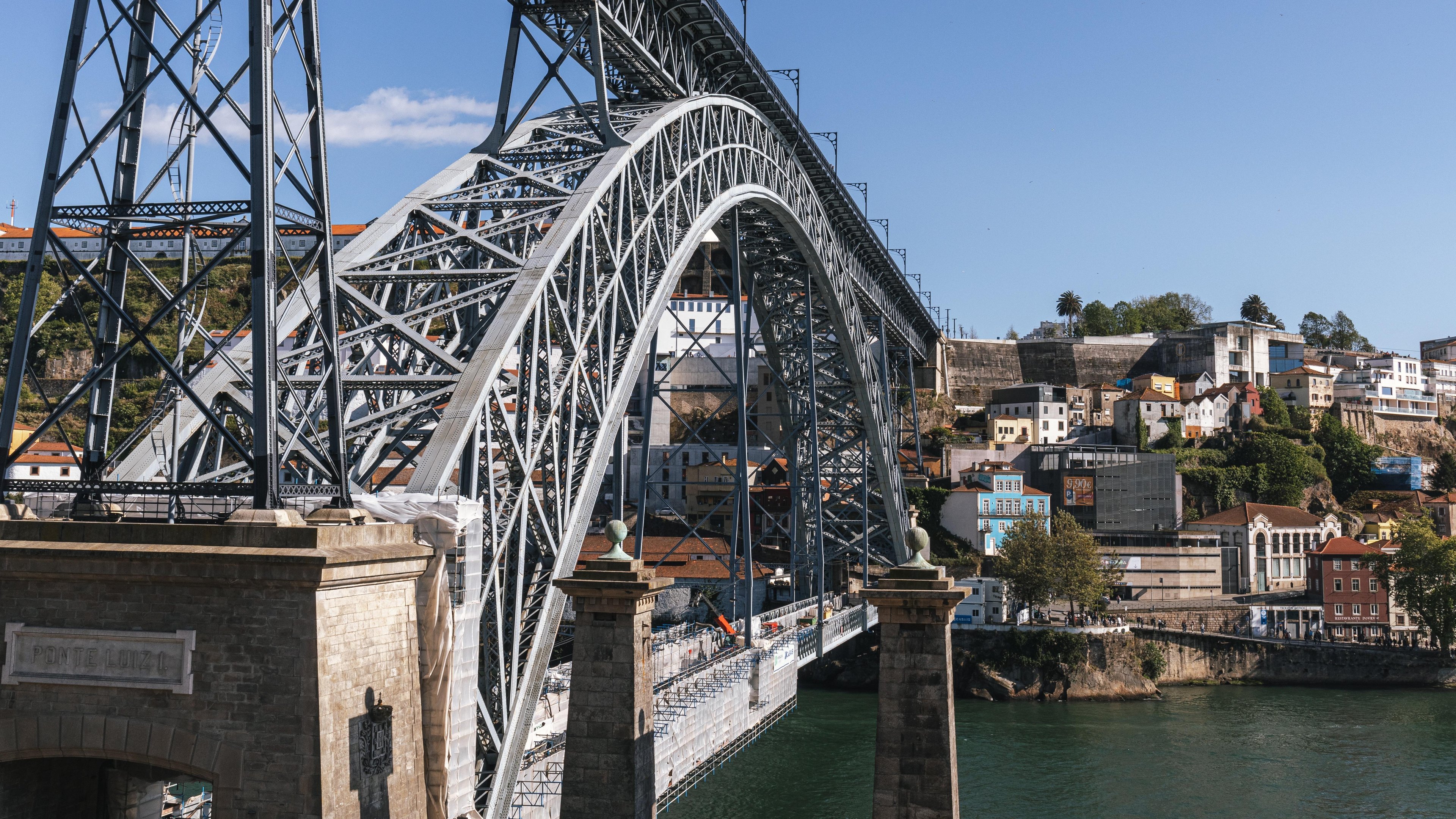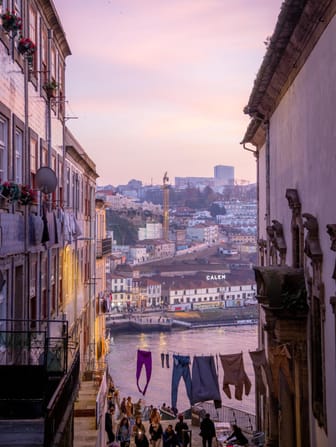Escadas do Codeçal





Ask ThatchGPT
Suggest a local expert to plan my trip
Suggest an unique itinerary for my Porto trip
What foods do Porto locals eat
What are some true hidden gems in Porto
Help me brainstorm trip ideas for Porto
Help me plan a family-friendly trip to Porto
What people say
Pedro Pereira
Available for hire
"Codeçal is the current spelling of the toponym, allegedly because it derives from cadauço (i.e., covão, hiding place). However, another interpretation is that it is more appropriate to write codessal, in other words, a place where codessos (yellow-flowered bushes, from the legume family, spontaneous in Portugal) grow.
The origin of the stairs is lost in time. This steep staircase was, in medieval times, the route around Porto's Fernandina Wall, establishing the connection between the convent of Santa Clara and the wall's Areia gate, next to the Douro River.
One of the best-known monuments on the Codeçal stairs is the Recolhimento do Ferro, which initially existed in a recess on Rua Escura, in front of the aljube. However, as it was possible to see everything that was happening inside the prison from the windows of that prison, it was decided to transfer it to a more suitable location. Codeçal was the chosen location, thanks to the free provision of land by a benefactor in 1729, who, however, imposed as a condition that the gathering took Saint Mary Madalena as its patron saint and dedicated itself to receiving "all those women who, repentant of the bad life and dissolute customs of the world, if they wanted in that Retreat". The institution therefore came to be known as Recolhimento de Nossa Senhora do Patrocínio and Santa Maria Madalena. But, as a rule, it continued to be known simply as Recolhimento do Ferro, just as it was when it was on Rua Escura.
The construction of the church and gathering in that beautiful place, overlooking the river, began in 1752 and was not without setbacks, lasting for several decades. In the middle of the 19th century, Henrique Duarte e Sousa Reis wrote that the collection was intended "for the enclosure of ladies and girls that their superiors, for public or private convenience, felt they should remove from the century and that in it [the collection] judicial deposits are also made of marriage, when necessary..." We know, for example, that two daughters of the painter João Glama lived in the reclusion. At the end of the 20th century, with the need to adapt to new times, the old Recolhimento do Ferro began to function as the Sé Social Center, a social solidarity institution that provides support to the local community.
In the 1880s, the construction of the upper deck of the Luís I Bridge required some demolition to build the bridge's support pillars. In the 20th century, the widening of the traffic flow route on the lower deck of the same bridge and the subsequent construction of the Ribeira tunnel forced the demolition of the final section of the Codeçal stairs. The Codeçal stairs were the subject of a restoration program within the scope of Porto 2001 – European Capital of Culture."
Mentioned in these guides
About Escadas do Codeçal
Get the inside scoop on Escadas do Codeçal from local experts, travel creators, and tastemakers. Browse genuine trip notes, Escadas do Codeçal reviews, photos, travel guides, and itineraries from real travelers and plan your trip with confidence.
Save this spot for later or start mapping out a new trip today
Try our AI Travel Assistant and get instant answers to any questions about your trip.
Ask ThatchGPT

